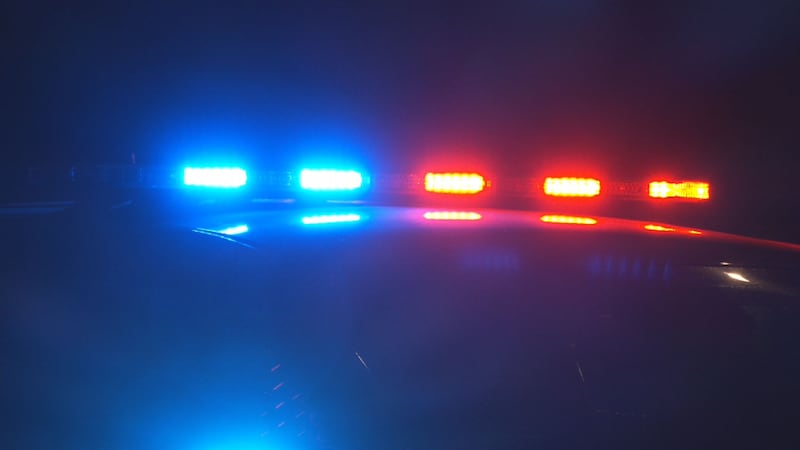Sound Transit's Link light rail is popular, even with people who can't yet ride it home.
"I'm very excited about it," said Cynthia Thichava, who lives in West Seattle, where light rail won't be in service until 2030.
When Thicava moved to Seattle, she owned four cars.
"Sold them all. Haven't bought a car, can't wait for it to get here. I know it will be ten years," Thicava said.
Scroll down to continue reading
More news from KIRO 7
Before trains can reach her neighborhood, Sound Transit must decide where to run the line and put the stations, and the agency is requesting public comment through March 18.
Every choice in the alignment has a price.
Tunneling to the West Seattle Junction would be less disruptive to the neighborhood and more aesthetically pleasing, but it could cost $700 million more than running tracks above the street.
"$700 million is probably enough to expand Link to White Center," said Keith Kyle of the transit advocacy group Seattle Subway.
His group wants to make sure the $54 billion voters approved in the 2016 Sound Transit 3 ballot measure is wisely spent.
"We want to make sure that what Sound Transit delivers in ST3 is of the highest quality possible and it serves the most people possible," Kyle said.
Light rail alignments won't be final until 2022, but this spring the choices narrow.
In May, elected officials who make up Sound Transit's board are expected to order an environmental review of two or three options, reflecting a range of prices, for light rail to West Seattle and Ballard.
Higher construction costs have already driven up the baseline price to reach both neighborhoods.
Sound Transit says the estimate in ST3 was $5.8 billion in 2014 dollars, which the agency considers equivalent to $6.8 billion in 2018 dollars. The newest estimate is $7.5 billion in 2018 dollars.
That could rise even more, between about $500 million and $2 billion, if Sound Transit decides to enhance the routes beyond the basic alignment approved by voters.
"Tunnels are really more expensive, said Cathal Ridge, Sound Transit's Executive Corridor Director for West Seattle and Ballard.
A new tunnel downtown is already in the budget, but adding tunnels to the neighborhoods where elevated tracks are planned would really drive up the cost.
The loudest call for a tunnel is beneath the Ship Canal to Ballard, which would be $350 million more than a drawbridge in the ST3 plan.
That drawbridge would be taller than the Ballard Bridge and would open two to four times a day for marine traffic, stopping trains.
An alternative is a high fixed bridge across Salmon Bay, about as tall as the Aurora Bridge, which would cost $100 million more than the drawbridge.
"The tunnel is definitely what would work best for everyone," said Stephanie Bowan, president of the Port of Seattle Commission.
Is the port willing to put up money?
"That's the question that everybody's asked," Bowman said. "We're going to look at the entire alignment and it's going to be a regional conversation about how to fund it."
Bowman doesn't see an appetite for another ballot measure.
Seattle Mayor Jenny Durkan's office sent KIRO 7 a statement saying she supports evaluating a range of options for light rail, including tunnels.
The mayor's statement did not answer our question about where any extra money might come from.
"You could easily spend the entire ST3 package in West Seattle and Ballard if you wanted to, but that's just not what the voters voted on," said Dave Somers, the Snohomish County Executive who sits on Sound Transit's board.
Somers doesn't object to supplemental funding for light rail lines in Seattle, but wants to make sure Everett's extension is protected.
It won't open until 2036.
"The risk is greatest on the parts of the system that come later," Somers said.
With a commitment to pursue outside funding, Sound Transit's board could decide to study both expensive and more affordable options.
"One of our key focuses is that the affordable option is also high quality," said Keith Kyle of Seattle Subway.
Seattle Subway is calling for the Ballard station on 15th Avenue Northwest instead of the quieter 14th Avenue Northwest, and a shallow tunnel in the Chinatown International District for easier transfers between trains.
Kyle also wants the system built with future expansion in mind, by building in track switches and wider spots in tunnels for easier connection to branch lines.
"These are ways to save us billions of dollars down the road," Kyle said.
Before Sound Transit's board refines the choices in May, the agency wants to hear from the public.
The next public meeting is at Seattle's Union Station on March 7 from 5-7:30 p.m.
Cox Media Group





